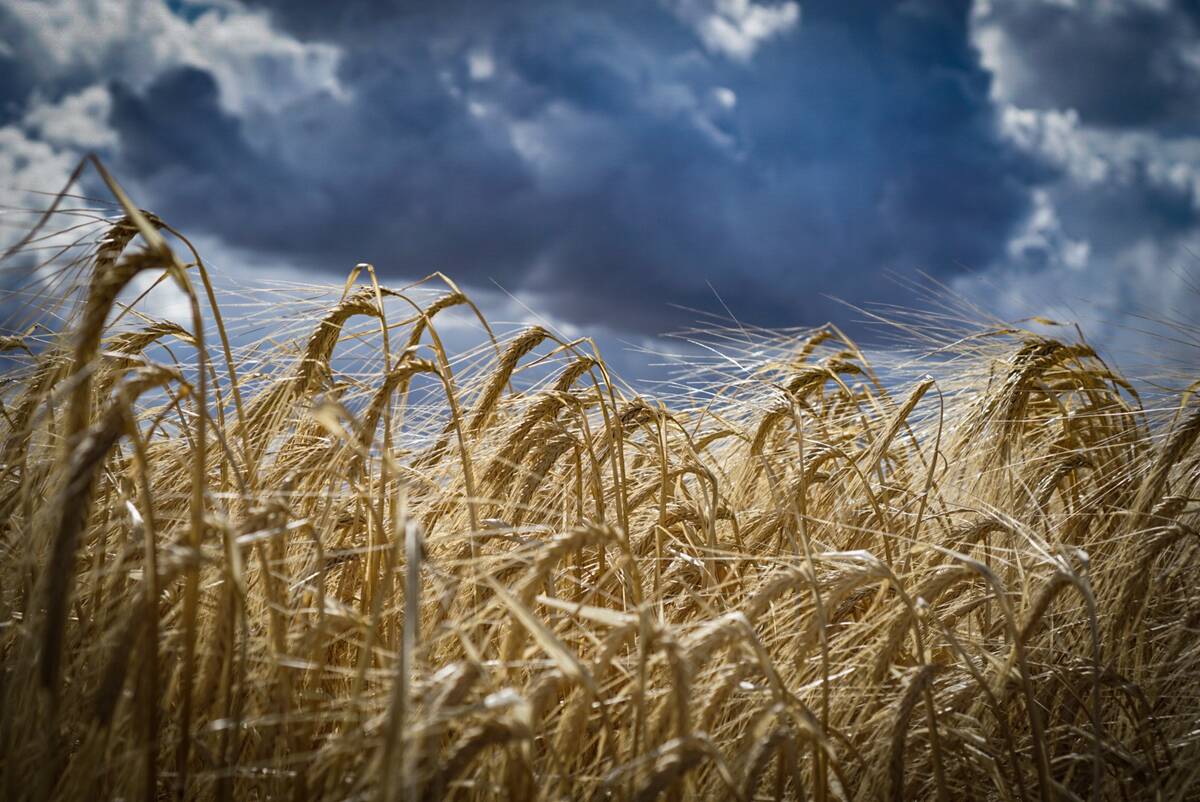A warm prairie summer is filling the beaches but also providing good conditions for insects to infiltrate farm fields.
Dale Risula, the integrated crop management specialist with Saskatchewan Agriculture at Moose Jaw, said an outbreak of bertha armyworms is imminent in Saskatchewan and only a cold snap could slow them down now.
The province is experiencing the warmest temperatures it has seen in two years and hot, dry weather is forecast for the coming weeks.
As a result of higher temperatures, the rate of emergence from the over-wintering pupal stage was more advanced in June in bertha armyworms.
Read Also

Malting barley exporters target Mexican market
Canada’s barley sector is setting its sights on the Mexican market to help mop up some of the lost demand from China
Rusula expects the insects to begin hatching during the coming week.
“Heat tends to bring on a lot of insect problems,” he said.
In Saskatchewan, the highest counts seen in pheromone traps are reported north of Regina, north of Tisdale, between Prince Albert and Saskatoon and south and west of Yorkton.
He advised farmers to scout for insects in their preferred host crops, canola and mustard.
Spraying is recommended when 25 or more armyworms are detected per sq. metre.
“They are more voracious, grow quite large and can do a lot more damage than diamondback moths,”
Risula said.
In Manitoba, bertha armyworm numbers had leveled off in the Interlake, but were still high in the northwest.
They were also high near Vulcan and Strathmore and in northeastern regions of Alberta.
Risula said it is too late to do much about another pest, the wheat stem sawfly.
He recommended swathing infested fields when at 40 to 45 percent moisture content to reduce damage caused by larvae inside the stems.
Sawfly damage was once confined to the perimeter of fields, but new information shows that full fields are now being affected. Once a southern crop pest, the sawfly’s range has grown to include most of the wheat producing areas of Saskatchewan.
There are no effective controls for sawfly but using resistant or immune crops in crop rotations, growing solid stem wheat varieties and implementing other non-chemical methods can help manage infestations.
Risula said this spring brought more root maggots than usual for canola. The small grubs get into the roots and damage plants.














